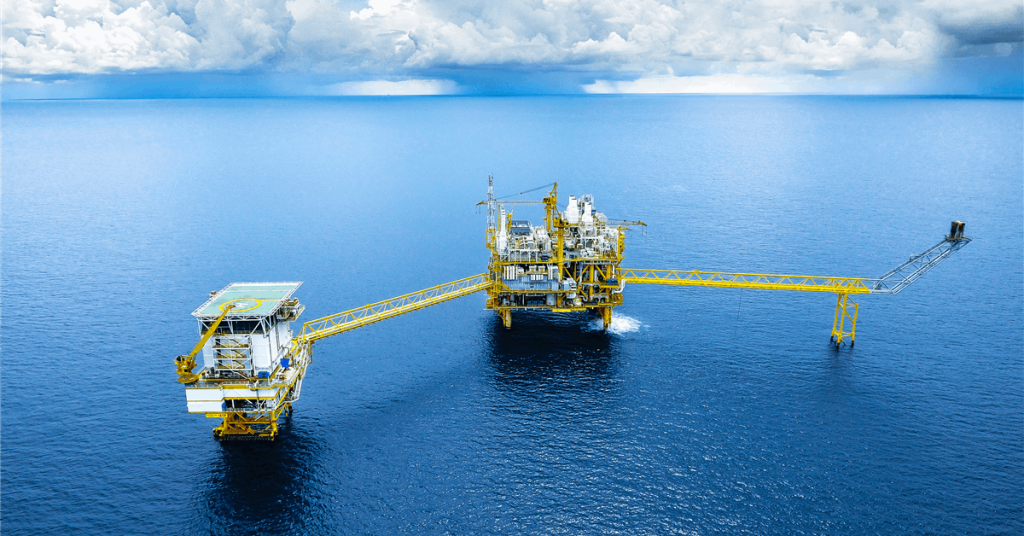Equinor ASA and its partners have agreed on a NOK-13 billion ($1.29 billion) investment to proceed with the third phase of Johan Sverdrup to increase recoverable volumes from the North Sea field by 40-50 million barrels of oil equivalent (boe).
The majority state-owned energy major said Tuesday the consortium had submitted a development plan to Norwegian authorities. Phase 3 is targeted to start production 2027.
Phase 3 is designed to have two new subsea templates in the Avaldsnes and Kvitsoy areas, each with six well slots. However, phase 3 would only develop eight wells, consisting of seven for production and one for water injection. These wells would be tied back to existing templates and pipelines to the P2 platform for processing and export.
Trond Bokn, senior vice president for project development at Equinor, said, “By building on the technologies, solutions, and infrastructure from phases 1 and 2 of Johan Sverdrup, we can carry out an efficient development with a rapid start-up of production. The project increases the recovery rate and value creation from Johan Sverdrup, one of the world’s most carbon-efficient oil and gas fields”.
“At the same time, it contributes to stable energy supplies to Europe”, Bokn added.
The company said, “To ensure optimal resource utilization, the project leveraged artificial intelligence to analyze field layouts and well paths. This technology has enabled faster decision-making and resulted in cost savings of NOK 130 million for the phase 3 project”.
“The project also facilitates future value creation at Johan Sverdrup by adding extra well slots, and opportunities for connecting additional subsea templates”, Equinor added.
Newcastle, England-based TechnipFMC PLC won phase 3’s engineering, procurement, construction and installation contract, valued NOK 5.3 billion.
“Additional contracts, including platform modifications and the drilling of eight wells, are planned to be awarded later in 2025”, Equinor said.
Johan Sverdrup spans 200 square kilometers (77.22 square miles) in the Utsira High area on Norway’s side of the North Sea. The field sits about 160 kilometers (99.42 miles) west of Stavanger in waters approximately 110-120 meters (360.89-393.7 feet) deep.
Currently Johan Sverdrup has a production capacity of 755,000 boe a day, about one-third of the Nordic country’s oil production, according to Equinor. Last year Johan Sverdrup reached a record production of 260 million barrels of oil, the highest annual output from a Norwegian field, according to Equinor.
“The expected recovery rate from Johan Sverdrup is already world-class at 66 percent”, it said. “The phase 3 project is an important step towards achieving our ambition of 75 percent. The average for the Norwegian continental shelf is 47 percent”.
Equinor operates Johan Sverdrup with a 42.6267 percent stake through Equinor Energy AS. Aker BP ASA owns 31.5733 percent. State-owned Petoro AS holds 17.36 percent. TotalEnergies EP Norge AS has 8.44 percent.
To contact the author, email jov.onsat@rigzone.com
What do you think? We’d love to hear from you, join the conversation on the
Rigzone Energy Network.
The Rigzone Energy Network is a new social experience created for you and all energy professionals to Speak Up about our industry, share knowledge, connect with peers and industry insiders and engage in a professional community that will empower your career in energy.
element
var scriptTag = document.createElement(‘script’);
scriptTag.src = url;
scriptTag.async = true;
scriptTag.onload = implementationCode;
scriptTag.onreadystatechange = implementationCode;
location.appendChild(scriptTag);
};
var div = document.getElementById(‘rigzonelogo’);
div.innerHTML += ” +
‘‘ +
”;
var initJobSearch = function () {
//console.log(“call back”);
}
var addMetaPixel = function () {
if (-1 > -1 || -1 > -1) {
/*Meta Pixel Code*/
!function(f,b,e,v,n,t,s)
{if(f.fbq)return;n=f.fbq=function(){n.callMethod?
n.callMethod.apply(n,arguments):n.queue.push(arguments)};
if(!f._fbq)f._fbq=n;n.push=n;n.loaded=!0;n.version=’2.0′;
n.queue=[];t=b.createElement(e);t.async=!0;
t.src=v;s=b.getElementsByTagName(e)[0];
s.parentNode.insertBefore(t,s)}(window, document,’script’,
‘https://connect.facebook.net/en_US/fbevents.js’);
fbq(‘init’, ‘1517407191885185’);
fbq(‘track’, ‘PageView’);
/*End Meta Pixel Code*/
} else if (0 > -1 && 88 > -1)
{
/*Meta Pixel Code*/
!function(f,b,e,v,n,t,s)
{if(f.fbq)return;n=f.fbq=function(){n.callMethod?
n.callMethod.apply(n,arguments):n.queue.push(arguments)};
if(!f._fbq)f._fbq=n;n.push=n;n.loaded=!0;n.version=’2.0′;
n.queue=[];t=b.createElement(e);t.async=!0;
t.src=v;s=b.getElementsByTagName(e)[0];
s.parentNode.insertBefore(t,s)}(window, document,’script’,
‘https://connect.facebook.net/en_US/fbevents.js’);
fbq(‘init’, ‘1517407191885185’);
fbq(‘track’, ‘PageView’);
/*End Meta Pixel Code*/
}
}
// function gtmFunctionForLayout()
// {
//loadJS(“https://www.googletagmanager.com/gtag/js?id=G-K6ZDLWV6VX”, initJobSearch, document.body);
//}
// window.onload = (e => {
// setTimeout(
// function () {
// document.addEventListener(“DOMContentLoaded”, function () {
// // Select all anchor elements with class ‘ui-tabs-anchor’
// const anchors = document.querySelectorAll(‘a .ui-tabs-anchor’);
// // Loop through each anchor and remove the role attribute if it is set to “presentation”
// anchors.forEach(anchor => {
// if (anchor.getAttribute(‘role’) === ‘presentation’) {
// anchor.removeAttribute(‘role’);
// }
// });
// });
// }
// , 200);
//});

